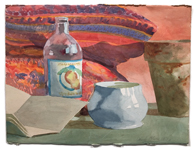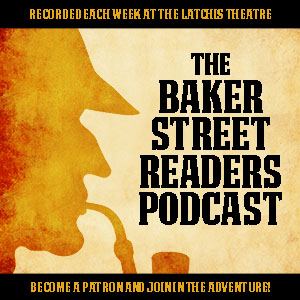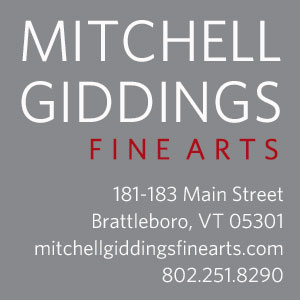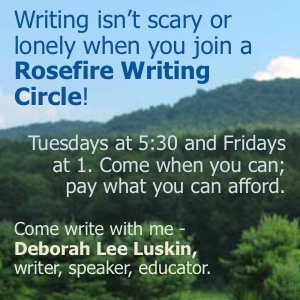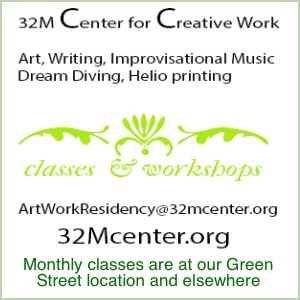David Rohn was born in Chicago in 1934 and grew up in the small town of Ludington, along the shore of Lake Michigan. He graduated from the University of Michigan College of Architecture and Design and stepped into a creative life richly lived as cartoonist, puppeteer, printmaker, teacher and painter.
Running parallel to his explorations in abstract painting and printmaking, and during his tenure at Windham College in Putney, Vermont, in the mid-1960s and ’70s, David’s watercolor painting gave relief from the more formal demands and cultural mandates of artistic invention and novelty of non-figurative oil painting. The delicate washes and expansive passages of color represent liberation from an art world of expectation and judgement. His modest still-lifes are deceptively loose and easy, and we’re comforted by the associations we bring to his unassuming and familiar scenes.
“In 1953, I was the kid who was good at drawing, actually one of three in eighth grade. I did airplanes. After hundreds of airplanes, then dozens of cartoons, I was introduced to looking at paintings. I began
to learn about the language of visual art: not depiction, but the secret language—form, color, symmetry, rhythm. This felt fundamental.
I thought I might give it a go.
There are other secret languages in art, of course, including some I don’t quite grasp. Art, done well, Is a way of twanging the mind, and the mind is infinitely resonant. Who knows what’s coming next? For me it’s mainly the classical ideas of form/color/architecture, plus the paradox of 3-D
on a 2-D surface that Cézanne calls attention to.
Working from observation offers an endless variety of visual situations, and has the bonus of requiring prolonged intimate contact with plain stuff—a jar, an apple. I begin by gathering in. I yield to it. Later, I play with what I have harvested, playing the dialogue between the parts.
Sometimes a dynamic equilibrium results—a perpetually self-charging energy source. That’s the goal.”

